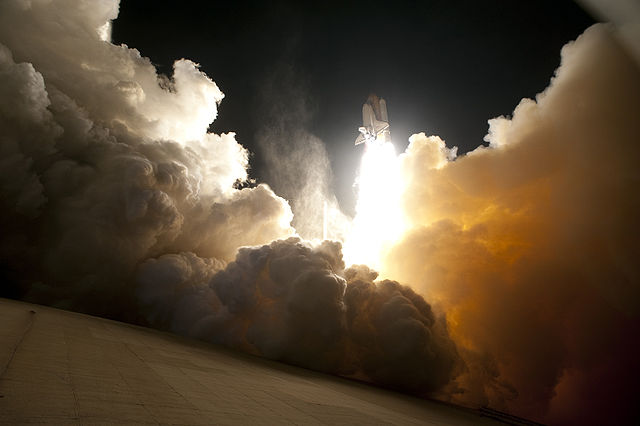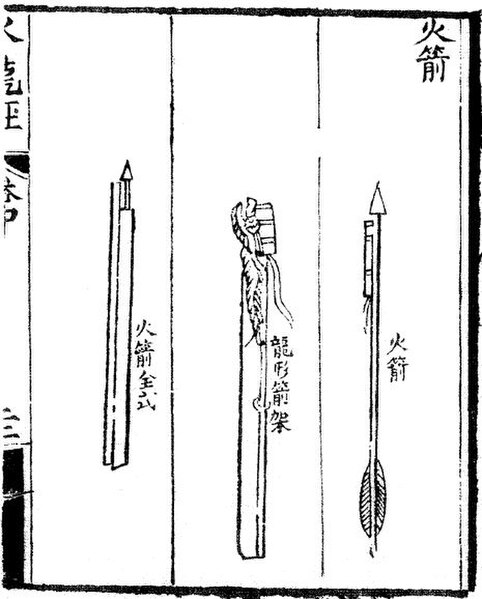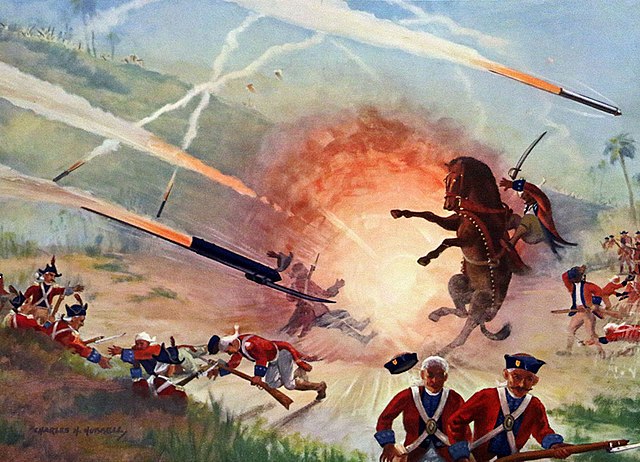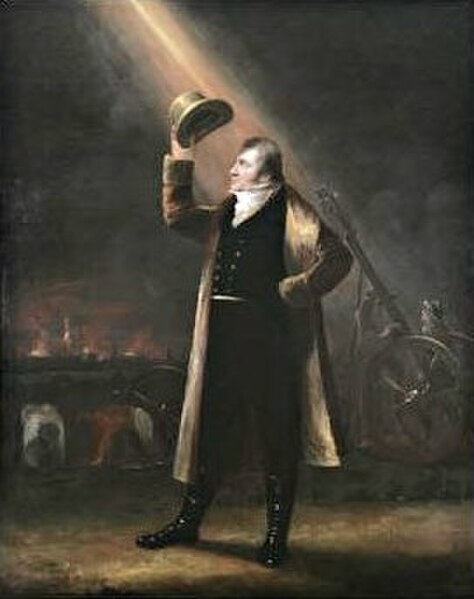A solid-propellant rocket or solid rocket is a rocket with a rocket engine that uses solid propellants (fuel/oxidizer). The earliest rockets were solid-fuel rockets powered by gunpowder; The inception of gunpowder rockets in warfare can be credited to ancient Chinese ingenuity, and in the 13th century, the Mongols played a pivotal role in facilitating their westward adoption.
The Space Shuttle was launched with the help of two solid-fuel boosters known as SRBs
A battery of Katyusha rocket launchers fires at German forces during the Battle of Stalingrad, 6 October 1942
An exhaust cloud engulfs Launch Pad 39A at NASA's Kennedy Space Center as the Space Shuttle Endeavour lifts off.
A rocket is a vehicle that uses jet propulsion to accelerate without using the surrounding air. A rocket engine produces thrust by reaction to exhaust expelled at high speed. Rocket engines work entirely from propellant carried within the vehicle; therefore a rocket can fly in the vacuum of space. Rockets work more efficiently in a vacuum and incur a loss of thrust due to the opposing pressure of the atmosphere.
A Soyuz-FG rocket launches from "Gagarin's Start" (Site 1/5), Baikonur Cosmodrome
Rocket arrows depicted in the Huolongjing: "fire arrow", "dragon-shaped arrow frame", and a "complete fire arrow"
Mysorean rockets and rocket artillery used to defeat an East India Company battalion during the Battle of Guntur
William Congreve at the bombardment of Copenhagen (1807) during the Napoleonic Wars







